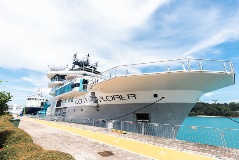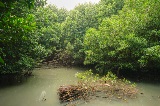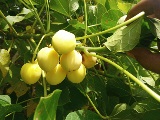Project Partner: Conservation International
Geographies: Indonesia & Fiji
What is the core idea of the pilot?
In countries like Indonesia and Fiji, climate change has resulted in rapid ocean warming, sea level rising, and ocean acidification, threatening marine life and the livelihoods of over 19 million. As the impacts of climate change intensify, governments and key stakeholders need viable approaches to bring together the “twin pillars” of ocean conservation: protection and production. We need to ensure that the economic benefits from production are re-invested in marine protection. Protected areas allow marine resources to regenerate and grow, in turn supporting better yields in commercial production.
Conservation International’s (CI) flagship initiatives in Indonesia (Blue Halo S Initiative) and Fiji (Lau Seascape Initiative) represent key pilots in creating this virtuous loop through an integrated Protection-Production (PnP) approach.
Why is this innovative?
Efforts towards protecting critical marine ecosystems through the establishment of MPAs (“protection”) and the sustainable management of blue economy sector activities (“production”) have primarily been executed in silos, leading to competition instead of collaboration. The PnP approach integrates both and by focusing on community needs and participation, demonstrating that protection and production can coexist.
What will success look like?
- Enable 1.3 million Indonesian people and 0.8 million Fijian people in coastal communities to become more resilient towards climate change by ensuring food security and livelihoods that are provided by the ocean.
- Indonesia and Fiji will achieve their ambitious 30% MPA goals—a combined 960,000 km2 of protected oceans.
How will success be achieved?
Indonesia
- Improve local seafood value chain by identifying opportunities to reduce seafood losses and increase product market value
- Develop frameworks for utilising tourism or fisheries production revenue for marine protection activities
- Legal designation of the Lau Seascape as a mixed-use marine managed area encompassing marine ecosystem protection, sustainable fisheries production, and tourism zones
- Establish a Lau Community Resilience Fund (Trust) to support local climate adaptation and livelihood programmes
- Establishment of a Blue Economy Loan Fund with the Fiji Development Bank (FDB) that will expand financing access and inclusion for MSMEs engaged in sustainable tourism, fisheries, aquaculture, and other ocean-sectors
Who is leading the project?
Since 1987, Conservation International has worked to protect and restore nature for the benefit of all, based on four key principles: protecting nature for climate, protecting land and seascapes that the world cannot replace if lost, safeguarding our oceans by doubling the size under protection, and reimagining conservation for all.
Leading the field in MPA establishment, CI has helped the creation of over 6.7 million km of MPAs across more than 20 countries in the past 20 years. They also work closely with governments, communities, Indigenous leaders, and experts in sustainable finance, policy, science.
In Indonesia and Fiji, CI has conducted feasibility studies and extensive consultations ranging from national-level dialogues to community meetings within all 6 provinces on the West coast of Sumatra (Indonesia) and 72 villages in the Lau Islands. Strategically aligned with national priorities (e.g. Indonesia's MPA Vision 30x45, Indonesia's Blue Economy Roadmap, Fiji’s National Ocean Policy, and Fiji National Adaptation Plan), they have thus received public high-level support from both governments for these initiatives.

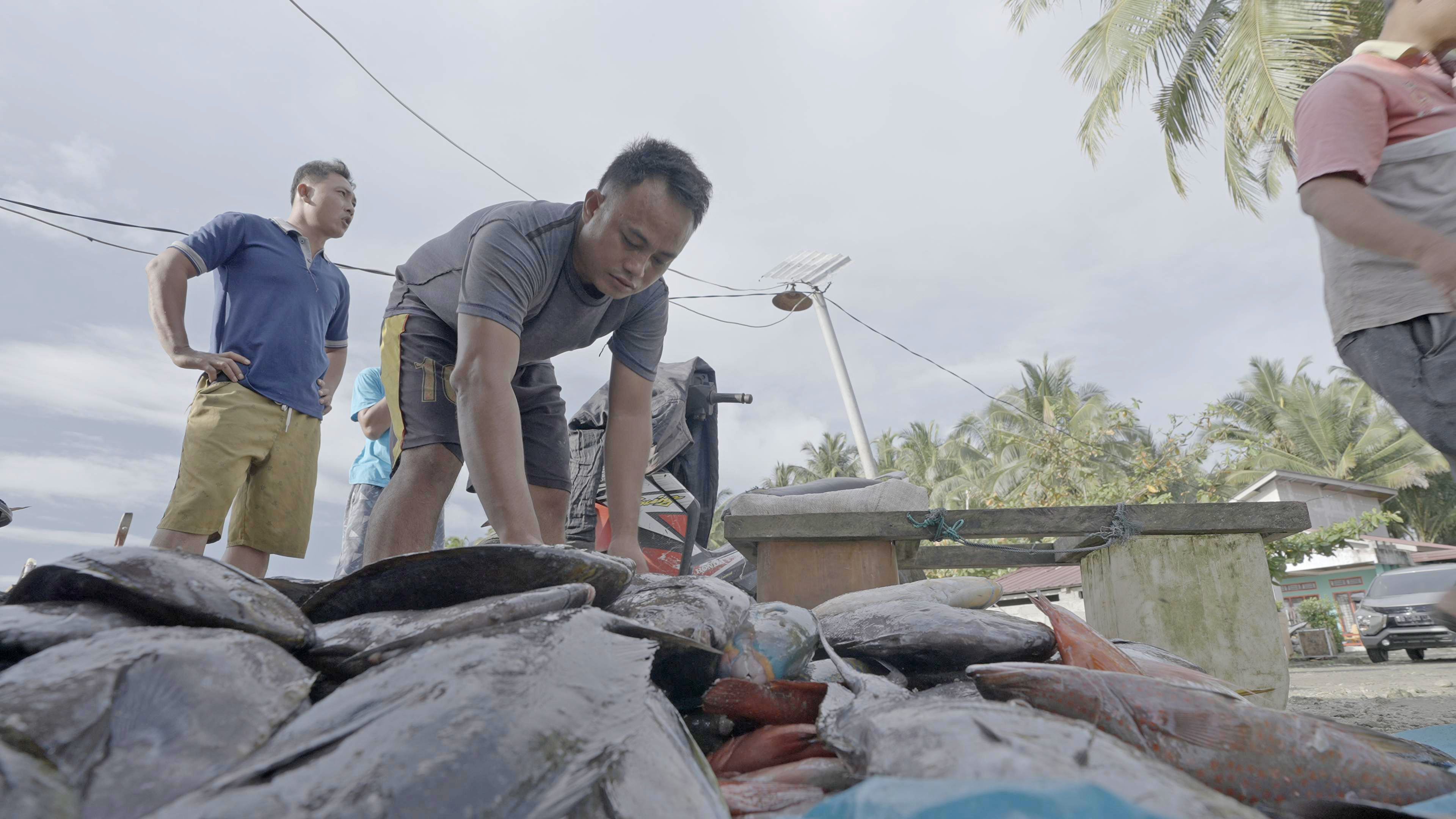


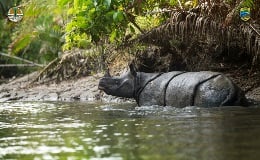

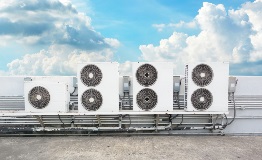
.tmb-.jpg?Culture=en&sfvrsn=9ab1f1f6_1)
